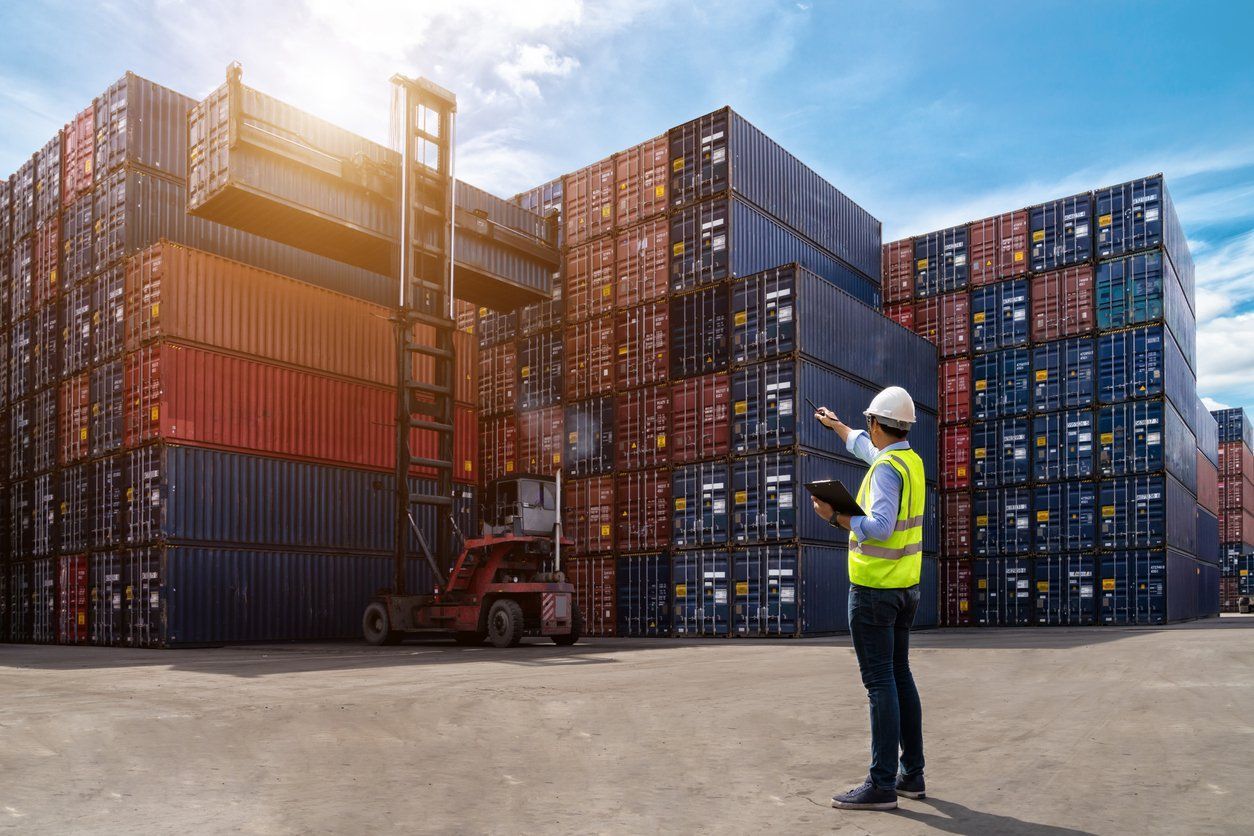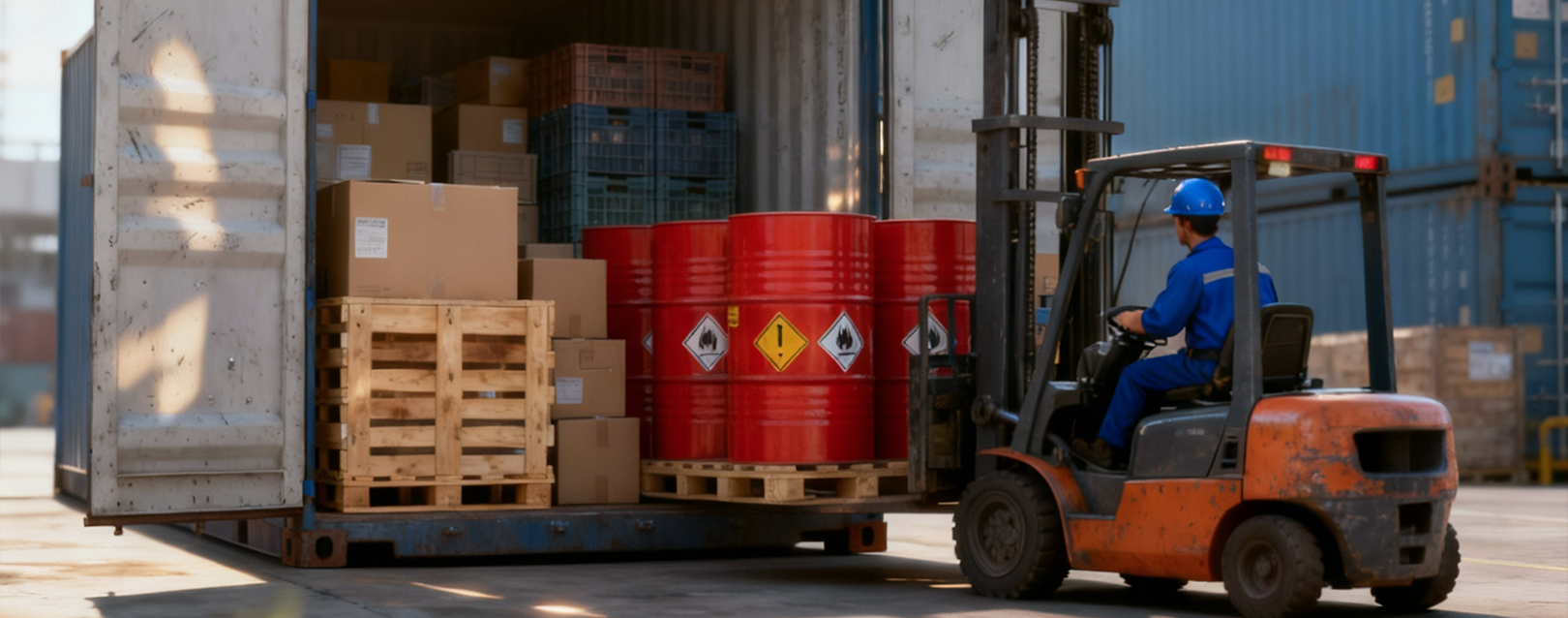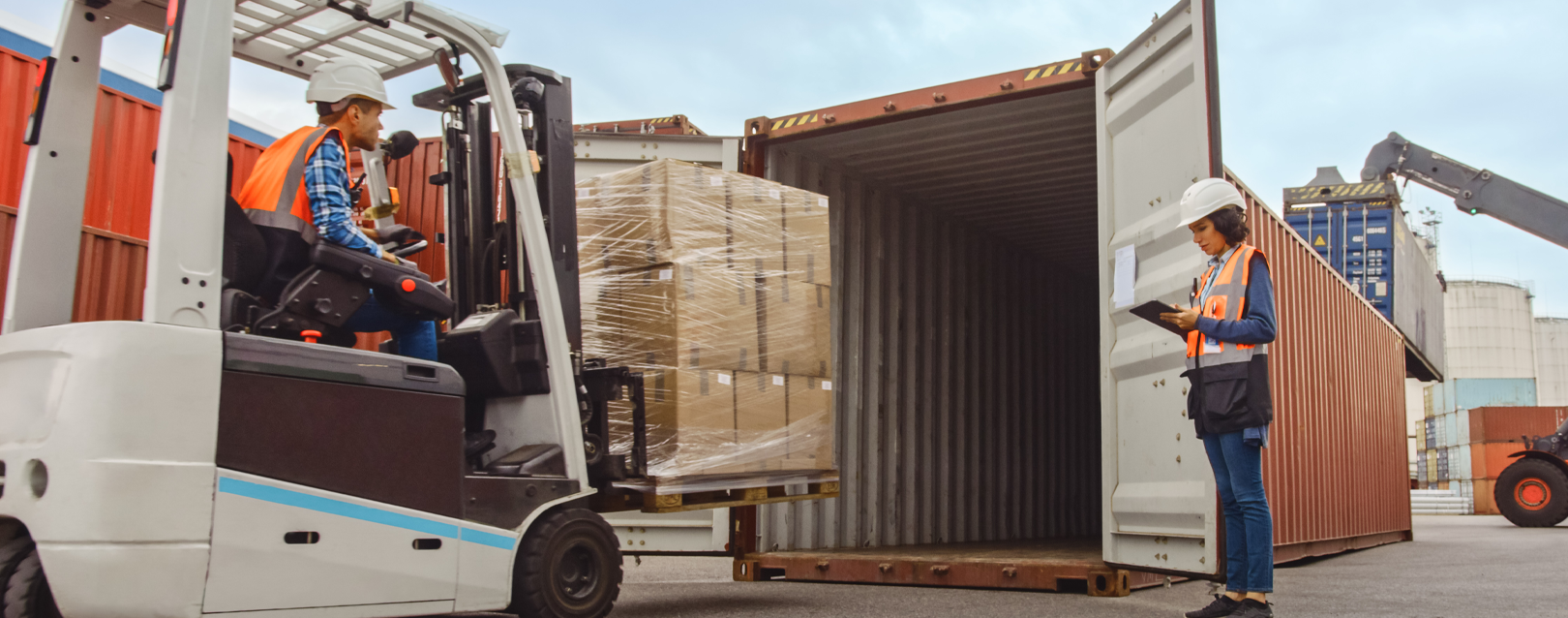
For those who work in foreign trade, the necessity and importance of understanding all stages of the customs clearance process are well known.
The nationalization of goods, the final stage of customs clearance, is a serious task and requires responsibility from all parties involved, as even small errors can result in significant losses of money, time, and peace of mind. Peace of mind because, depending on the issue that arises, the headache to resolve it can be quite severe.
Therefore, let's delve into the subject, understand the steps, and the reasons for so much care when clearing your goods.
What is Customs Clearance?
Assuming everything went well with your import, from the origin to the destination port or airport, it is now time to present all the documents to the authorities for the nationalization of the products. There are several steps to be followed until the complete clearance, and the set of these steps is known as customs clearance.
Customs Law summarizes customs clearance as "the release of goods by customs for entry into the country."
It is a process that may seem simple but is quite meticulous and closely monitored by the Federal Revenue Service, where all the data declared by the importer about the goods are analyzed to ensure they match the presented documents and comply with specific Brazilian legislation.
In other words, there is no possibility of a product entering or leaving the country without going through the customs clearance process, under penalty of constituting the crime of smuggling (Law 13.008/14 - Art. 334 of the Penal Code).
Therefore, we can understand the importance of having a competent, reliable, and qualified partner for these processes, such as a customs broker, who prepares and signs the necessary documents for the processes.
Before we continue, it is important to know that customs (aduana) is the same as the customs authority (alfândega) and is an official division of the government that controls all the movement of goods entering and leaving the country.
In addition to regulating and monitoring the traffic of goods across borders, customs is also responsible for collecting taxes from each process. In Brazil, customs control is the responsibility of the Federal Revenue Service, which is linked to the Ministry of Economy.
Customs Clearance vs. Customs Clearance: Is There a Difference?
In daily practice, it is common for those who do not directly work in foreign trade processes but participate by following the work of the customs broker and authorizing some procedures, such as the person responsible for imports within the company, to be a bit confused.
Customs Clearance is the final part of the Customs Clearance process. In other words, all the mandatory paperwork for the release of the goods is gathered, presented (dispatched) to customs, and if everything is in accordance with the law, the goods are finally cleared. That is, the cleared goods are nationalized and ready for the issuance of the invoice to leave the port.
Officially, "Customs Clearance in Importation is the act that concludes the customs inspection" (Customs Regulation - Art. 571). Once the inspection is completed, Siscomex issues the "Import Declaration" (§2).
The responsibility for granting customs clearance lies with the Federal Revenue Service, as it is the entity that analyzes the conformity of the information in the Import Declaration (DI), the documents, and the payment of federal taxes.
Even after customs clearance is granted by the Federal Revenue Service, the goods can only leave the port or airport after some other procedures, such as payment of international freight, damages (if any), payment of ICMS, in addition to the services of the customs terminal.
Know the Steps of Customs Clearance
As soon as the Import Declaration (DI) is registered, customs clearance begins (Art. 545, RA). Therefore, it is once again necessary to emphasize the importance of a good partner, who will have expertise and agility.
Parameterization
Parameterization is the moment of the first information check based on Siscomex parameters. The routing of each product here is done according to the category they receive, i.e., green, yellow, red, and gray channels.
This step is crucial and the most awaited by everyone, as it defines whether everything is in order with the Federal Revenue Service and whether the process can proceed. There are four types of channels: green, yellow, red, and gray. We will see below what each one means and what actions need to be taken.
Green Channel
The system understands that everything is in compliance with the goods and documentation. In this case, clearance proceeds automatically.
Yellow Channel
It means there is some discrepancy with the dispatch documentation, specifically. It could be non-conformity in the information, lack of mandatory documentation, or some omission. There will be a need for adjustments and resubmission with everything corrected.
Red Channel
In this case, it means there is something wrong with the documentation and the goods being imported.
It could be a discrepancy between the description and the product or quantity and characteristics differing from those registered in the DI.
In addition to adjusting the documents, it will be necessary to physically inspect the goods to ensure their integrity.
Gray Channel
This is the most feared channel by importers, customs brokers, and partners. It means there is some confirmed irregularity. In addition to the documentary and physical inspection, the customs value will also be verified. This means there is some fraud in the declaration of this process, otherwise, it would not fall into this channel.
Here, the cargo will likely be confiscated, and those responsible will face legal consequences.
Sending/Receiving Documents
Within the Siscomex Portal, there is the "Document Attachment" functionality. It is where all the documents necessary for customs clearance need to be submitted to the Federal Revenue Service, in digital format.
Some requested documents are the invoice or commercial invoice, the bill of lading, the certificate of origin - proof of where the goods came from, and, depending on the product, they may ask for a certificate of analysis, such as for chemical products, for example. However, if the Federal Revenue Service deems it necessary, the regulation provides for the possibility of requesting other documents resulting from international agreements or others.
The importer has 60 days, counted from the registration of the DI, to present the documents for the instruction of the customs clearance of the import. After this period, the cargo is considered abandoned due to interruption of customs clearance, by action or omission of the person responsible for the import. See the terms of item II of §1 of art. 642 of the Customs Regulation.
Distribution to the RF Tax Auditor
If the DI is not parameterized with a green channel, it will be distributed to the Tax Auditors of the Federal Revenue, who will carry out the physical inspection and other procedures for the customs release of the manifested cargo.
The chosen Auditor will be responsible for monitoring all steps of the customs clearance.
Customs Inspection
The auditors selected in the distribution stage will now carry out the documentary and/or physical inspection of the goods, after all documentary pending issues are resolved. Meanwhile, the Customs Broker monitors the progress of the inspection, which can be done physically but mainly via the system.
Customs Clearance
As we saw above, customs clearance is the conclusion of the entire customs clearance process. When all the documentation is ready and the goods are in order, the authority, through the broker or whoever the importer has given representation, performs the clearance.
From this moment, the cargo is released to proceed to delivery at the customs of the destination country or, in the case of import, to the recipient.
Delivery of the Cargo by the Depositary
Cleared goods are goods ready for delivery to the importer. Commonly, only after clearance can the goods be delivered. However, if there is a court order, under the terms of art. 47, §3 of IN SRF No. 680/2006, delivery can be made before its clearance.
In the case of early delivery, customs clearance will only be carried out after the importer presents the documents required by the customs authority.
For the withdrawal of goods from customs, the importer must present to the depositary (person responsible for the custody of goods under customs control) the following documents:
- Proof of payment of ICMS;
- Entry invoice in the name of the importer;
- Bill of lading - the original copy.
Finally, it is necessary to present the documents of the person responsible for the withdrawal of the goods. If it is the driver, for example, of a transport company, he must be registered at the Port to be able to withdraw the cargo.
What is the Importance of These Steps for Foreign Trade?
The importance of customs clearance for international trade is undeniable. Imagine a country without rules for import and export. It would certainly be chaos given the volume generated daily in this process. In addition to logistical chaos, we would also have tax evasion, insecurity, and a complete lack of economic control. It is even difficult to imagine such a situation.
Therefore, in summary, we can say that the main factors of the importance of customs clearance for foreign trade are:
Security
Importer and exporter can feel secure in making transactions, knowing that there are processes and inspection.
Inspection
In all senses, as the processes ensure that prohibited products do not enter or leave the country, especially for human and
animal health.
Monitoring
Where the verification of legal procedures is done.
Generation of Statistics
With a focus on economic information.
Conclusion
It is worth mentioning that the development of the new import process is underway, as we can follow in the Schedule published on the Single Portal.
When entering the world of foreign trade, it is necessary to be aware that any errors made during a process, especially customs clearance, can cost a lot of time, money, or both, in addition to many troubles and even crimes.
Attention and care are the key to the success of the entire operation. There is no room for distractions. Understanding each step is essential to avoid errors and, consequently, fines, seizures, and unnecessary losses of time.
That is why it is always necessary to emphasize the importance of working with partnerships recognized nationally and internationally to have peace of mind and security in the processes.
Continue a navegar no blog da Allink
Mantenha-se informado sobre o comércio exterior
Assine nossa newsletter e receba atualizações semanais de forma gratuita sobre o mundo da logística.





